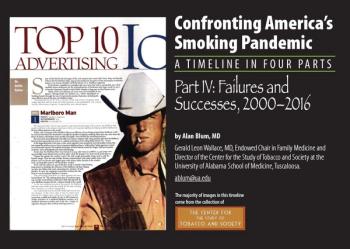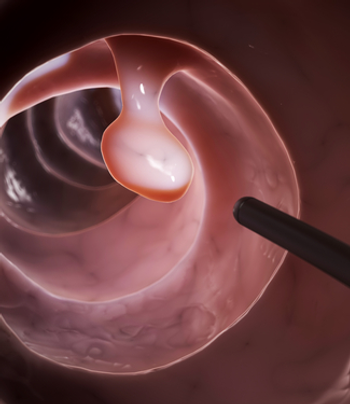
Dr. Alan Blum and Cancer Network have partnered to assemble a four-part slideshow series addressing the history of America’s smoking pandemic. Part 4 highlights a period of further regulation on the tobacco industry, the advent of e-cigarettes, and more.






